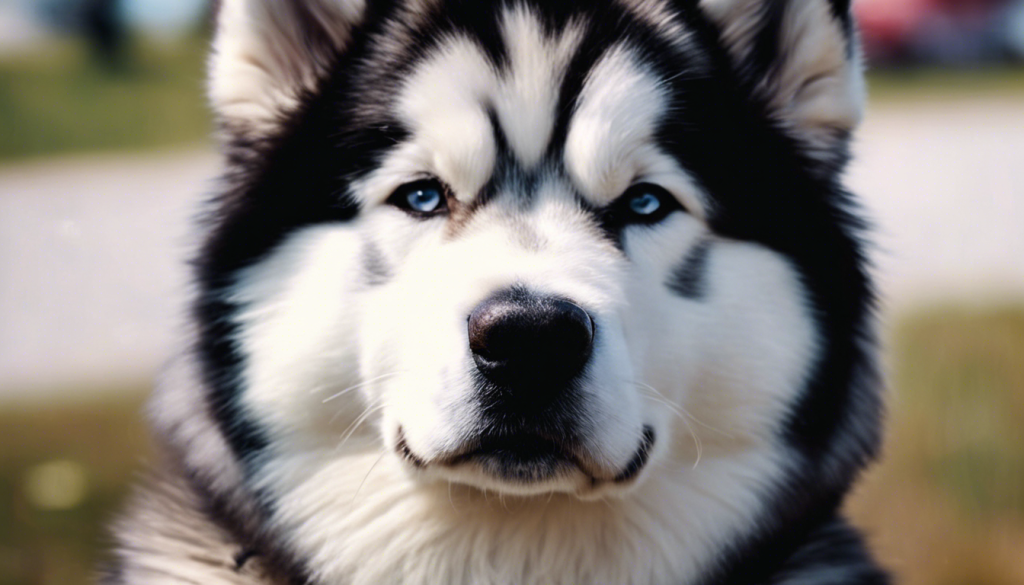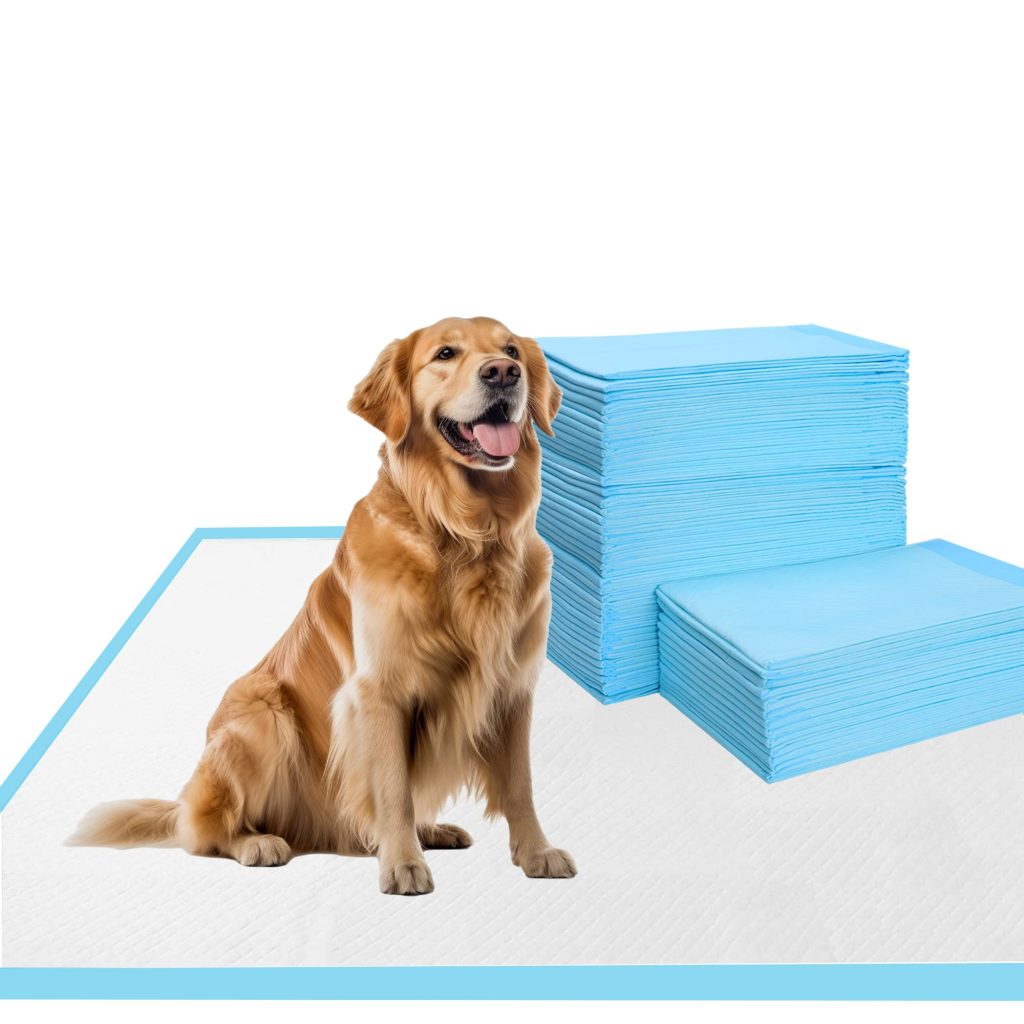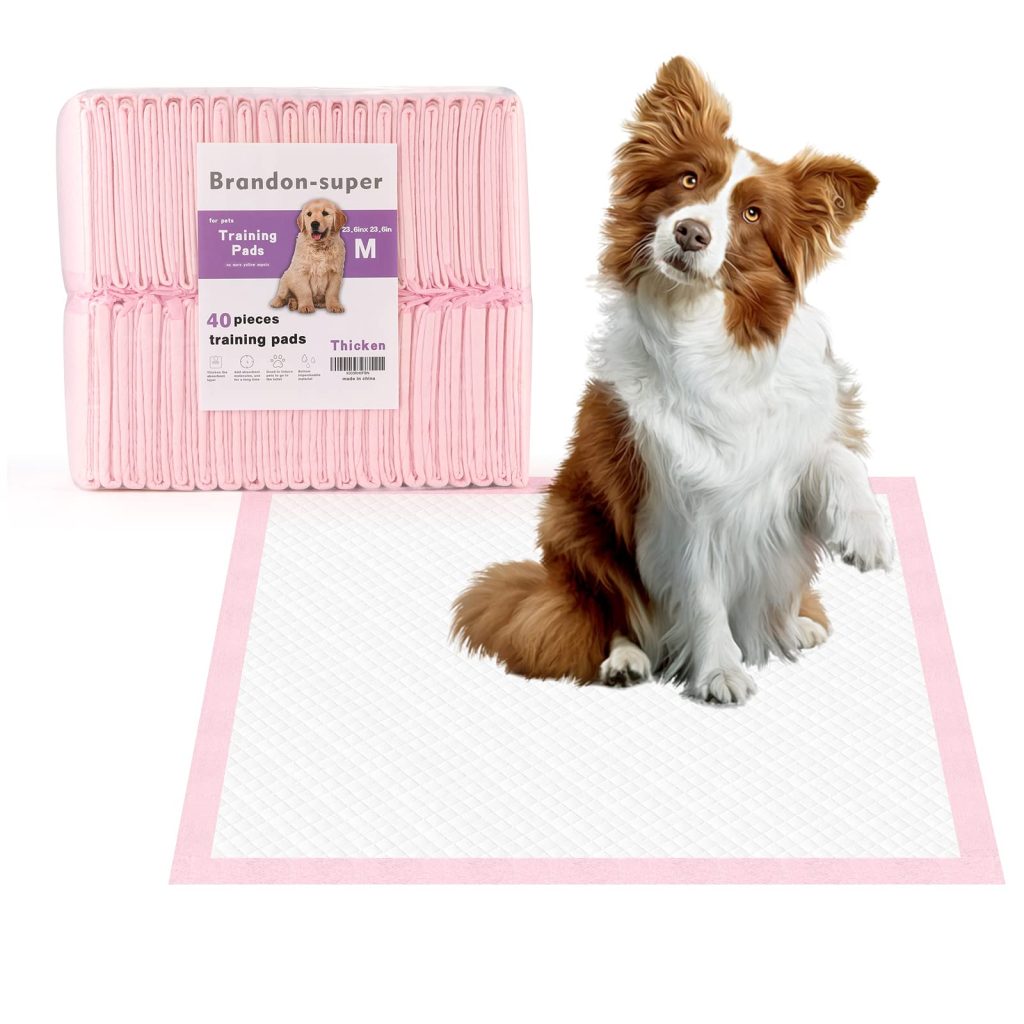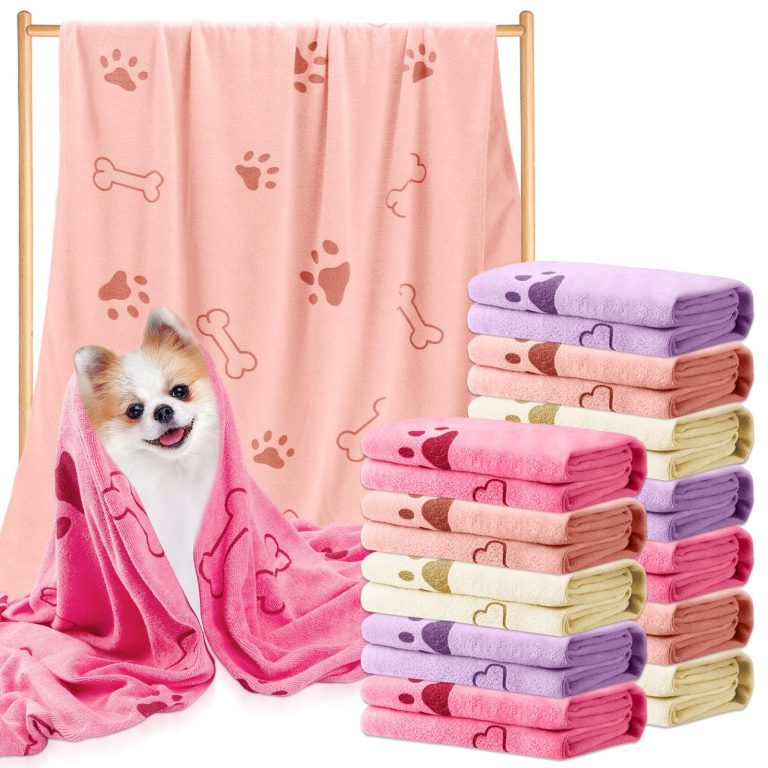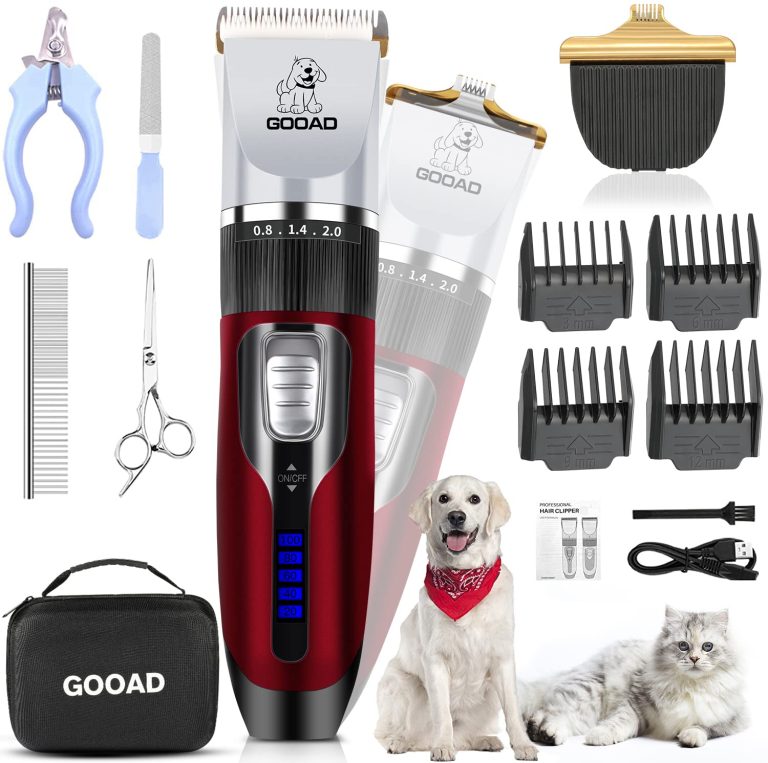Petit Basset Griffon Vendeen
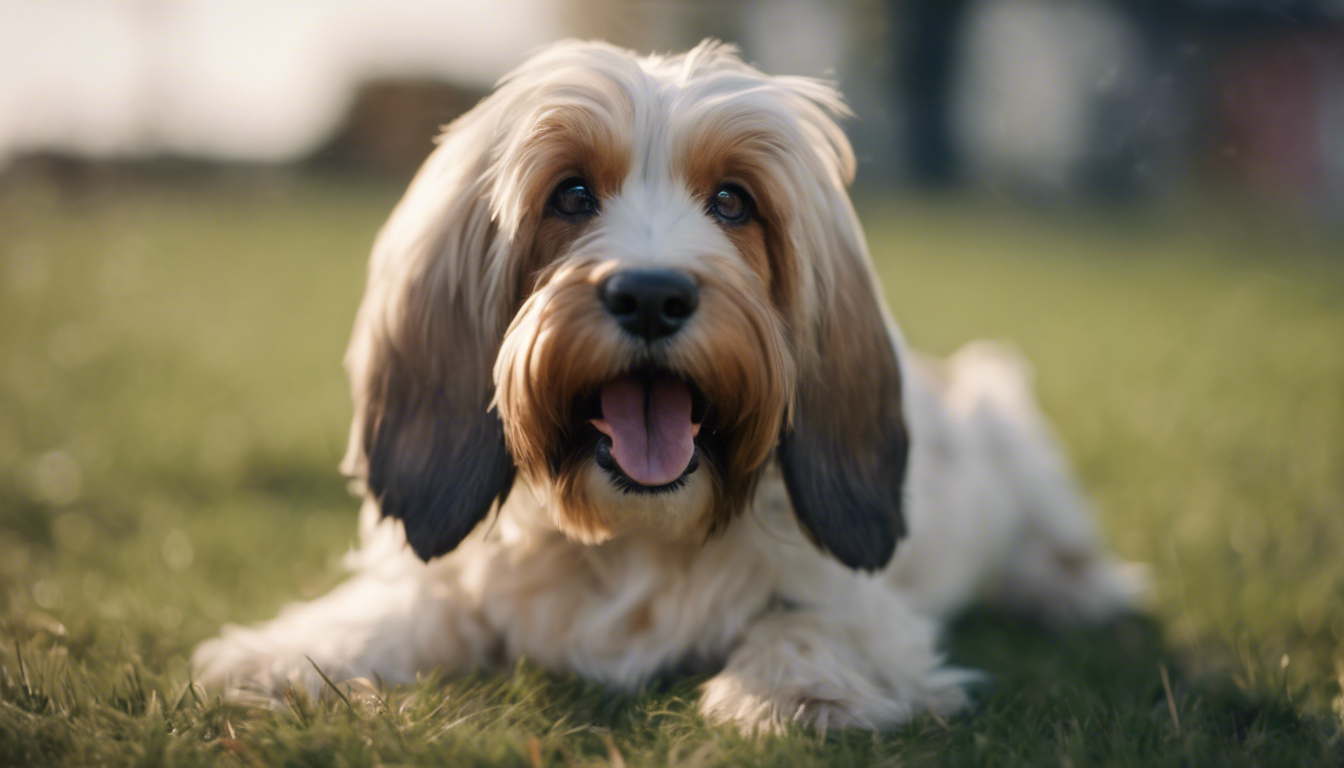
Breed History and Origin
Delving into the origins of a dog breed is like unwrapping a historical puzzle. Each breed has its unique story, often woven through centuries of culture, geography, and human need. Many breeds were meticulously sculpted by humans for specific tasks that were intrinsic to the lifestyles and environments of the time. They could have started as noble companions, fierce protectors, tenacious hunters, or tireless herders. The traits that these dogs exhibited were directly linked to the roles they were bred to fill. Spotting characteristics like a keen sense of smell, bulky coats, or an innate shepherd’s instinct reveals much about the work these pooches were tasked with.
Ascarrying out these jobs, certain breeds became closely associated with their regions of origin. Ponder of the snowy coats blending into the Arctic tundra or sleek bodies slicing through warm, southern waters—each physical attribute a testament to the breed’s functionality in its native landscape. Sometimes royalty or local nobility would take a particular liking to a breed, providing an impetus for its popularity and selective breeding. This patronage could lead to dogs that were not just utilitarian but also a symbol of status and refinement.
But history is not linear and neither is the evolution of dog breeds. Cultural changes, migrations, and technological advances often meant that a breed’s original purpose became obsolete. In turn, these dogs had to adapt, find new roles, or risk fading into obscurity. Thankfully, many were able to transition into companionship roles or become competitive in dog sports, which allowed their lineage to thrive into contemporary times.
Understanding a breed’s history offers more than just interesting trivia; it gives insights into their present-day needs and behaviors. Breeds with a lineage of outdoor labor may require more space and exercise, whereas those bred for companionship might excel in the warmth and closeness of home life. Thus, to understand the heart of a dog breed, one must first appreciate the historical tapestry that gave them form and purpose.
Physical Characteristics and Appearance
With a backdrop of historical legacy, every breed carries forward its tapestry into the realm of physical traits. Dogs come in all shapes, sizes, colors, and coat types, each nuanced feature fine-tuned by their ancestry. The silhouette of a strong and muscular guard dog or the delicate bone structure of an elegant toy variety can be spotted from afar, each breed’s outline telling a story of its lineage and intended purpose.
The signature traits often include the type of coat which can range from short, sleek fur, fitting for warmer climates or a streamlined swim through waters, to dense and fluffy layers that serve as insulation against harsh winters. The color palette of a breed’s coat can also be remarkably varied, with some breeds showcasing a rich tapestry of hues and patterns–spots, brindles, patches, and even blue or charcoal shades. While some breeds boast a single coat color trademark, others may present a kaleidoscope of potential combinations.
Beyond fur, the breed’s physical structure also holds critical importance. Keen eyes set on a strong, alert face might suggest a breed that is spent generations as watchful sentries. In contrast, the floppy ears and gentle curves of another could indicate a lineage of amiable companions. Long legs may hint at a history of speed, revealing generations spent in pursuit of game, whereas more stout, strong bodies could suggest a past filled with rigorous labor or battle.
Breeds may also have distinguishing features that require special attention: the pushed-in face of a brachycephalic dog, the sweeping tail of a fast runner, or the compact paws of a burrower. Each functional feature can have implications for the breed’s care and lifestyle needs. For example, weight and body structure can affect joint health, while facial structure can impact breathing and heat tolerance. Thus, being aware of these physical characteristics isn’t just a matter of aesthetics; it’s essential for providing appropriate and responsible care.
The diversity in breed size further adds to this rich tapestry. From nimble small breeds that can navigate tight spaces to noble giants that stand as living monuments to their ancestry, size affects several aspects of a dog’s life, including diet, exercise requirements, and living space considerations. A small dog might be well-suited for apartment living and could get by with indoor play, while a sizeable energetic breed might need a yard to romp in and extended periods of vigorous activities.
Navigating these physical characteristics with knowledge and sensitivity is paramount for anyone considering adding a four-legged friend to their household. By doing so, you honor the breed’s past and ensure a healthy, happy future.
Temperament and Behavior Traits
Delve into the personality of a dog and you’ll find that behavior is a tapestry as rich and intricate as physical traits. These four-legged companions boast a spectrum of temperaments that can range from the steadfast loyalty of guard dogs to the cheerful exuberance of a family pet. Their demeanor is often a reflection of the roles that their ancestors played, with herding breeds tending to be alert and responsive, while dogs bred for companionship might display more affectionate and clingy behaviors.
Watch a dog interact with its environment and you’ll often see the echo of its heritage. Dogs bred for protection may have a strong sense of territory, and though they can be loving with their family, they might be wary of strangers. On the other hand, breeds developed for hunting may have an ingrained urge to chase, meaning a strong recall and consistent training is important to manage their prey-driven escapades.
What’s fascinating is the intelligence and adaptability among these breeds. You’ll often find that working dogs relish mental stimulation as much as physical exercise. Regular training sessions or canine sports like agility or obedience can be excellent outlets for their sharp minds. Ignite their intellect with puzzles and games, and you’ll have a contented pooch who’s less likely to seek out mischief.
Understanding that behavior can be influenced by breed is key, yet it is also imperative to remember that each dog is an individual. The calmest breed can produce a firecracker of a personality, just as the most rambunctious lineage can surprise you with a couch potato. Socialization plays a pivotal role in a dog’s behavior; early exposure to various people, sights, and sounds can help mold a well-rounded and adaptable canine citizen.
Bearing in mind the sensitivity and responsiveness of many breeds, the human-animal bond becomes an integral part of their behavior. Dogs that are neglected or lack interaction may develop undesirable behaviors out of boredom or anxiety. Therefore, it’s essential to ensure they’re part of the family, with plenty of love, interaction, and attention to their emotional needs.
Furthermore, ponder the energy levels inherent to this breed. A daily walk might suffice for some, but others may need more vigorous activities to burn off their zest for life. Integration of exercise not only fosters a healthy lifestyle but also prevents the development of problem behaviors that stem from pent-up energy.
Let’s not overlook the breeds that thrive on companionship, for whom separation can be challenging. These dogs benefit from routine and might require gradual training to be comfortable alone. Puzzle toys and treat-filled Kong toys can be lifesavers, offering them a distraction when you cannot be around.
Understanding and embracing the temperament and behavior traits of a dog breed, crafted by their historical roles, lets you build a living relationship where both human and canine thrive. Meet their needs for affection, exercise, mental stimulation, and companionship, and you’ll have not just a pet, but a devoted friend for life.
Health and Care Guidelines
Diving into the essential health and care guidelines for our four-legged friends, understanding the breed-specific needs is pivotal. Each breed comes with its own set of health predispositions, which need to be acknowledged to keep your pooch in tip-top shape. Whether it’s hereditary conditions to watch out for, or particular grooming requirements, staying informed is the key to preventative care.
When it comes to health, let’s talk about those routine vet check-ups that are golden. They can catch issues early on or even prevent them altogether. And yes, that includes vaccinations and parasite control. It’s like building a fortress to keep those unwelcome guests out.
On the matter of grooming, it’s not just about looking good—it’s healthcare, folks. Depending on the breed’s coat, a regular brushing routine could be your furry pal’s best defense against mats and tangles. And let’s not forget those nails! Keeping them trimmed avoids painful splits or breaks. Just consider of it as manicure day!
Moving on to the menu – dietary needs can be as varied as a dog’s coat. Tailoring their diet to age, size, and activity level is vital. Large breeds might need joint-supporting nutrients to keep them bounding around, while the smaller ones might require energy-packed kibble to match their zest. Remember, proper portions keep that waistline in check because, let’s face it, a healthy weight is a happy life.
Now, don’t get me started on exercise; it’s not just for show. The right amount of physical activity keeps the body functioning like a well-oiled machine. Those pooches with energy to burn need room to run, while others might prefer a leisurely stroll around the block. Find that sweet spot of activity—it’s crucial for mental and physical health.
Here’s a golden nugget of care: dental hygiene. A dog’s chompers need attention to steer clear of plaque and tooth decay. Regular brushing or dental chews can save you a world of vet bills, not to mention bad breath.
Finally, let’s shine a light on the importance of mental stimulation. A bored dog can be a destructive dog. Give ’em toys, play games, set up playdates! The goal? Keep those wheels turning in their head.
In the grand scheme of care, never underestimate the importance of love and attention. This is right, folks, cuddles and snuggles are essential for their well-being. A dog showered with affection will not only be happier but also healthier. So, give that pooch the love they deserve and they’ll pay it back tenfold.
In essence, caring for a dog is a delightful dance of routine healthcare, tailored nutrition, ample activity, strategic grooming, and a whole lot of love. Heed these guidelines, and you’ll be on your way to securing a life for your best friend that is as fulfilling as it is long.
